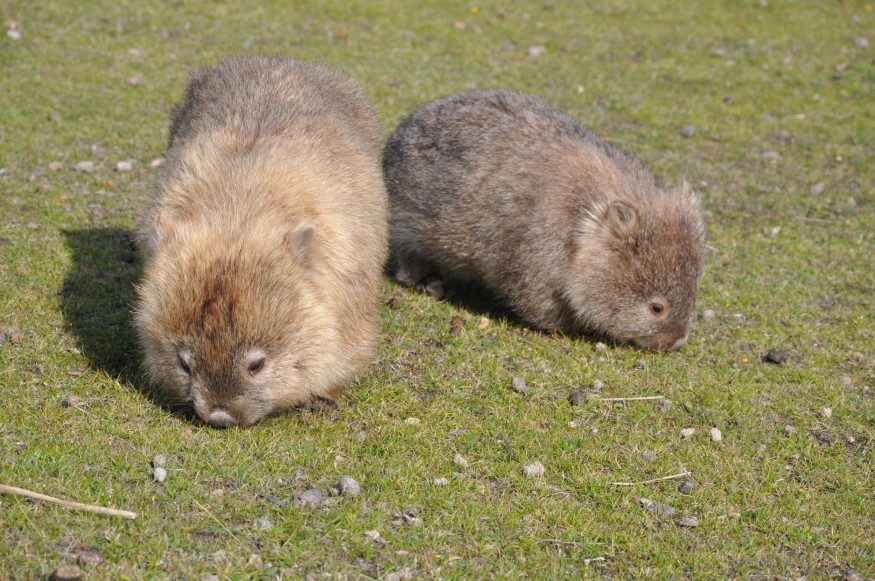According to new research that forecasts where to locate so-called "cryptic" species across the tree of life, hundreds of unnamed animals are hidden in plain sight, waiting to be discovered.

Recent Discoveries
African elephants, lemurs, and two newly discovered see-through frogs in Ecuador that live just 13 miles apart are among a growing number of plants and animals that have been revealed by genetic analysis in recent years, showing that they are not a single species but many and separate groups, despite appearing similar to the naked eye.
Biodiversity

Scientists say our planet may be more biologically diverse than previously thought, owing to discoveries fueled by the rise of DNA barcoding, a technique that can identify and differentiate between flora and fauna based on genetic divergence. This means there could be many more species than the current best estimate of 8.7 million.
Researchers have now taken it a step further and developed a new strategy for predicting where to hunt for new animal species on the web of life, amid worries that many would die extinct before science discovers them.
Waiting To Be Discovered

Researchers say hundreds of bats, rodents, shrews, and moles are waiting to be discovered after analyzing millions of mammal gene sequences and other information on their environment and habitat. They believe they were mistakenly classified as another species due to their size and physical appearance.
While many scientists are unsurprised by this result, researchers believe the new prediction model might be used to assist locate undiscovered species in other animal groups, such as insects, where millions of species remain unknown.
"A conservative estimate based on our analysis would be that there are hundreds of species of mammals worldwide that have yet to be identified," said Bryan Carstens, an Ohio State University professor of evolution, ecology, and organismal biology who co-authored the study, which was published in the journal Proceedings of the National Academy of Sciences on Monday.
What they did differently was anticipated where new species are most likely to be discovered, according to Carstens, who added that the algorithm indicated around 80% of mammal species had been found.
The startling thing is that, in comparison to beetles, ants, and other creatures, mammals are pretty well documented. People who work in conservation need to know this information. They won't be able to defend a species if they are unaware of its existence. According to Carstens, naming anything as a species has a lot of legal and other implications.
Discovering More
The study, conducted by Ohio State graduate student Danielle Parsons, also projected that cryptic mammal species with larger geographic ranges and significant precipitation and temperature fluctuation are more likely to exist. The small brown bat, which may be found throughout North America, was recently discovered to be five different species.
New DNA-based approaches have ushered in a revolution in contemporary taxonomy. When combined with older methodologies pioneered by Swedish botanist Carl Linnaeus, it assists scientists in reorganizing the library of life on Earth.
Researchers believe that taxonomists will not have to look far for new species to discover, as many specimens are likely to exist in museum collections. The Popa langur in Myanmar, previously mistaken for another species, and a new Indian aloe plant, are two recent instances.
Related Article : One of the World Largest Mass Extinctions May Have Been Triggered by Volcanic Winter
For similar news, don't forget to follow Nature World News!
© 2026 NatureWorldNews.com All rights reserved. Do not reproduce without permission.





